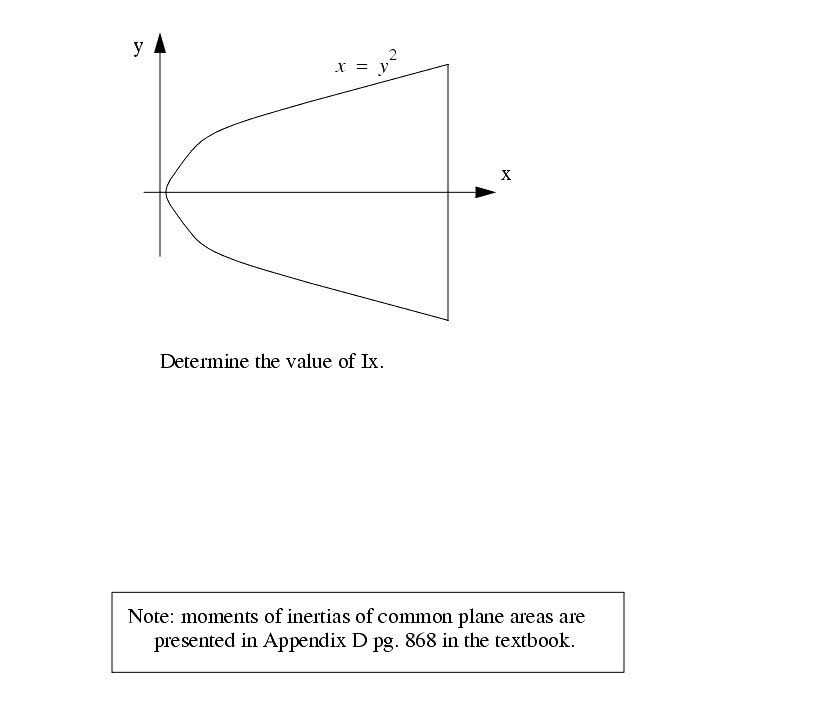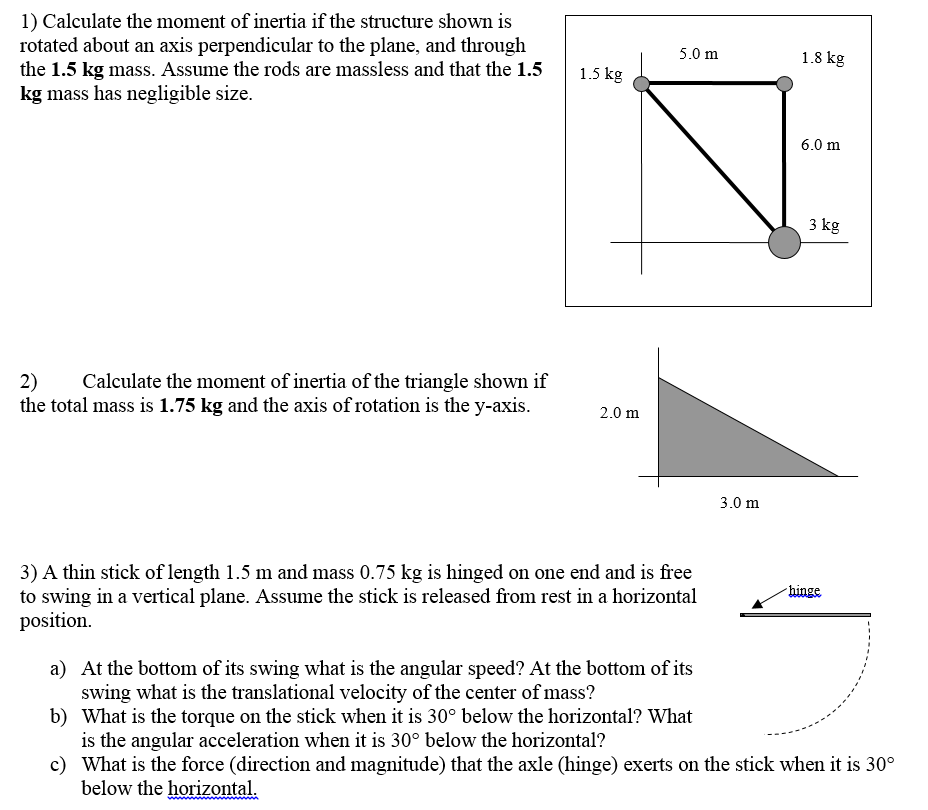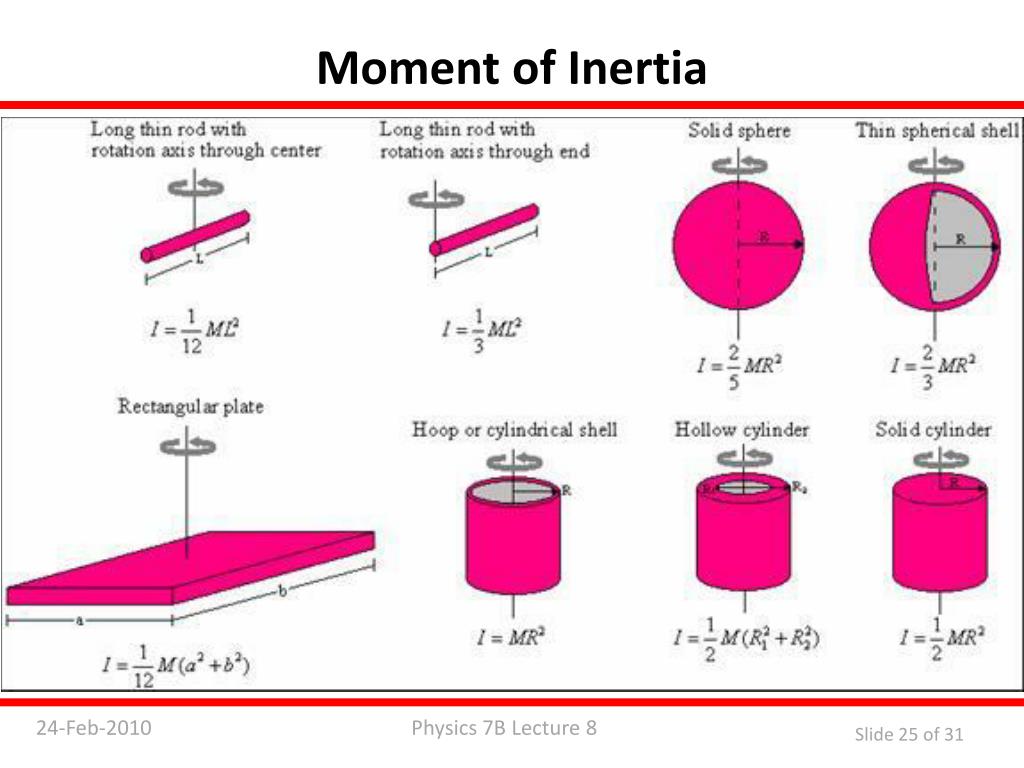
Show evidence that the nucleus rotates in complex mode. Data derived from the reconstruction of the nucleus shape ofĬomet 67P/Churyumov-Gerasimenko (67P) from images of the OSIRIS camera onboard ROSETTA 4, 28850 Torrejon deĬenter for Space and Habitability, University ofĬontext. Instituto Nacional de Tecnica Aeroespacial,Ĭarretera de Ajalvir, p.k. Solar System Exploration Research Virtual Institute, Southwest Graduate Institute of Astronomy, National Central INAF – Osservatorio Astronomico di Trieste, Physikalisches Institut der Universität Bern, University of Trento, via Sommarive, 9, 38123 INAF, Osservatorio Astronomico di Padova,ĬNR-IFN UOS Padova LUXOR, Via Trasea, 7, 35131ĭepartment of Information Engineering, University of LATMOS, CNRS/UVSQ/IPSL, 11 boulevard d’Alembert, 78280Ĭentro di Ateneo di Studi ed Attivitá Spaziali “Giuseppe Colombo” Université Pierre et Marie Curie, Université Paris Diderot, University of Maryland, Department of Astronomy, Scientific Support Office, European Space Research and Technology

University of Padova, Department of Physics and

Max-Planck-Institut für Sonnensystemforschung, IMCCE/Observatoire de Paris, 61 avenue de l’Observatoire, 75014Ĭentro de Astrobiología (INTA-CSIC), European Space Agency (ESA),Įuropean Space Astronomy Centre (ESAC), PO Box 78, 28691 Technische Universität Braunschweig, Mendelssohnstraße 3, 38106 Institut für Geophysik und extraterrestrische Physik (IGEP), German Aerospace Center (DLR), Institut für Planetary Science Institute, Tucson, Arizonaĭepartment of Physics and Astronomy, Uppsala Instituto de Astrofísica de Andalucía (CSIC), Glorieta de la Astronomía s/n., 18080Īix-Marseille Université, CNRS, LAM (Laboratoire d’Astrophysique Astronomical objects: linking to databases.Including author names using non-Roman alphabets.Suggested resources for more tips on language editing in the sciences Punctuation and style concerns regarding equations, figures, tables, and footnotes In astronomy, precession refers to any of several gravity-induced, slow and continuous changes in an astronomical body's rotational axis or orbital path. Lense–Thirring precession, a general-relativistic correction accounting for the frame dragging by the Kerr metric of curved space near a large rotating mass.de Sitter precession, a general-relativistic correction accounting for the Schwarzschild metric of curved space near a large non-rotating mass.Thomas precession, a special-relativistic correction accounting for an object (such as a gyroscope) being accelerated along a curved path.The special and general theories of relativity give three types of corrections to the Newtonian precession, of a gyroscope near a large mass such as Earth, described above. In general, the problem is more complicated than this, however.

Where I s is the moment of inertia, T s is the period of spin about the spin axis, and τ is the torque. The torque-free precession rate of an object with an axis of symmetry, such as a disk, spinning about an axis not aligned with that axis of symmetry can be calculated as follows: The result is that the component of the angular velocities of the body about each axis will vary inversely with each axis' moment of inertia.

If an object is asymmetric about its principal axis of rotation, the moment of inertia with respect to each coordinate direction will change with time, while preserving angular momentum. The inertia matrix is composed of the moments of inertia of a body calculated with respect to separate coordinate axes (e.g. What makes this possible is a time-varying moment of inertia, or more precisely, a time-varying inertia matrix. In torque-free precession, the angular momentum is a constant, but the angular velocity vector changes orientation with time. Torque-free precession implies that no external moment (torque) is applied to the body. An important example is the steady change in the orientation of the axis of rotation of the Earth, known as the precession of the equinoxes. In astronomy, precession refers to any of several slow changes in an astronomical body's rotational or orbital parameters. In physics, there are two types of precession: torque-free and torque-induced. A motion in which the second Euler angle changes is called nutation. In other words, if the axis of rotation of a body is itself rotating about a second axis, that body is said to be precessing about the second axis. In an appropriate reference frame it can be defined as a change in the first Euler angle, whereas the third Euler angle defines the rotation itself. Precession is a change in the orientation of the rotational axis of a rotating body. Precession of a gyroscope Rotation, precession, and nutation in obliquity of a planet For other uses, see Precession (disambiguation).


 0 kommentar(er)
0 kommentar(er)
